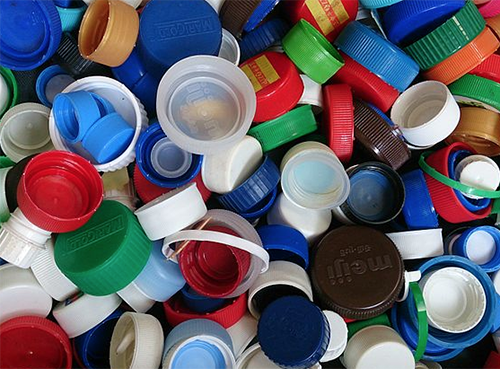All Chemicals
Bisphenols
Bisphenols are a widely used class of building-block chemicals in the production of certain plastics and other materials. The manufacture of polycarbonate and epoxy resins accounts for more than 90% of bisphenol A (BPA) use [1]. BPA is also used to produce polysulfone and unsaturated polyester resins, other plastics, thermal paper, and flame retardants. In recent years, bisphenol analogues including bisphenol S (BPS) [2] and bisphenol F (BPF) have replaced bisphenol A in some uses.
Major food contact uses include polycarbonate plastic in some water bottles, food storage containers, and food processing equipment. BPA-based epoxy resins are still used for some can linings for food and beverages packed in steel or aluminum cans [1].
Potential harm: BPA has been shown to migrate into food from contact with polycarbonate plastic and epoxy can liners. BPA is a hormone-disrupting chemical that mimics estrogen. Exposure to BPA, especially during pregnancy and infancy, has been linked to adverse health effects including changes to reproductive organs, behavior, and brain development [3]. Exposure to other bisphenols have raised similar health concerns [4].
Status and trends: Following consumer alarm raised by new moms, BPA was largely phased out from use in baby bottles, sippy cups, packaging for infant formula and baby food, and from some water bottles. However, some food contact uses of polycarbonate plastic still continue. Efforts remain underway to fully replace BPA-based epoxy resins as liners in food and beverage cans with safer alternatives
Alternatives: The search for safer alternatives to BPA in can linings has been challenging. One alternative known as TMBPF does not show endocrine disrupting activity and has been commercialized. However, concerns have been raised about possible worker hazards in its production. In contrast, BPA-containing polycarbonate and polysulfone plastics can readily be replaced by other plastics or non-plastic material.
References
[1] Geueke, B. (2014). Dossier – Bisphenol A. Food Packaging Forum. Full Text.
[2] Geueke, B. (2016). Dossier – Bisphenol S. Food Packaging Forum. Full Text.
[3] Vom Saal, F. S., & Vandenberg, L. N. (2021). Update on the health effects of bisphenol A: Overwhelming evidence of harm. Endocrinology, 162(3). https://doi.org/10.1210/endocr/bqaa171
[4] Rochester, J. R., & Bolden, A. L. (2015). Bisphenol S and F: a systematic review and comparison of the hormonal activity of bisphenol A substitutes. Environmental health perspectives, 123(7), 643-650. https://doi.org/10.1289/ehp.1408989.
See full list of resources here.
Information last updated: 10/28/2021


